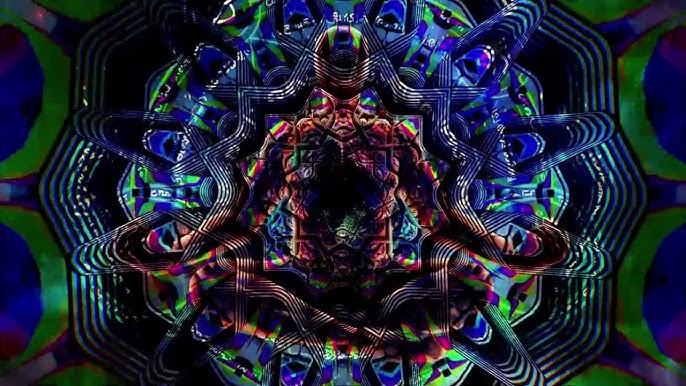
Many people are discovering the world of psychoactive substances, and LSA and LSD are used recreationally for their euphoric and mind-altering effects. They’re not the same, so it’s worth considering some factors before turning to one of them in order to hop on the most colorful journey. There are important differences between LSA vs LSD that make them distinct from one another. In this article, psychedel.us will examine the differences between LSD vs LSA and discuss their medicinal use, beneficial effects, legal status, and potential risks associated with them.
What is LSA? Definition & A Brief History
First of all, what is LSA? LSA is short for Lysergic acid amide, and it’s a naturally occurring substance that can be found in a variety of plants, including morning glory seeds, Hawaiian baby woodrose seeds, and some sorts of the ergot fungus. The reason why people compare it to LSD bottle for sale is that it has a similar structure, and it has been used by indigenous peoples for spiritual and medicinal purposes for centuries. And now that the legal status of various substances is changing, it’s gaining popularity as well.
How is LSA made?
If you’re curious about how to make LSA, you need to understand that it’s a naturally occurring substance, so there is no chemical synthesis involved in the production of LSA. LSA is obtained from the seeds of certain plants, and it is typically made by extracting the seeds, which contain LSA, grinding them into a powder, and then ingesting the powder or using it to create a brew. You shouldn’t mistake Lysergic acid amide with LSA that can be found in almost any healthy food store, the latter stands for Linseeds, Sunflower Seeds, and Almond, and even though such a mixture also provides health benefits, it’s not like Morning Glory Plant Seeds, and it won’t let you experience the euphoric high.
What is LSD? Definition & A Brief History
Now let’s turn to the next subject – What is LSD? Lysergic acid diethylamide, or Micky LSD for short, is a synthetic psychedelic drug that was first synthesized in 1938 by Swiss chemist Albert Hofmann. It has gained popularity in the 50s and 60s, and it was pretty commonly used as a recreational drug, especially in the counterculture movement. Nowadays, it’s widely considered as one of the most potent and powerful psychedelics available, and some people still actively use it for recreational purposes because of the fascinating trips, visual hallucinations and patterns.
How is LSD made?
How is LSD made? Unlike LSA, LSD is synthesized chemically in a laboratory setting, and it can be found in small tablets or liquid form. The process of synthesizing LSD is relatively complex, so it’s hard to say what LSD is made of. It requires access to specialized equipment and knowledge of organic chemistry to understand what LSD is made from, and it’s nearly impossible to make at home, so we wouldn’t recommend you even try doing that because the results, as well as the effects, can be highly unpredictable.
Comparison chart – LSA vs. LSD
| Features to compare LSA vs LSD | LSA | LSD |
| Source | Natural (seeds of certain plants) | Synthetic (laboratory-made) |
| Potency | Mild to moderate | High |
| Length of Effects | 6-8 hours | 6-12 hours |
| Legal Status | Possession and sale may be illegal in some places, but not explicitly prohibited in some countries | Illegal in most countries |
Is LSA legal in USA?
In United State, LSA is not explicitly prohibited. Currently, there’s no classification for LSA, and in general, Lysergic acid amide is not listed under Canada’s Controlled Drugs and Substances Act, so it’s not illegal to possess.
However, it’s important to mention that the seeds from which it is derived may be considered a controlled substance.
The legal status of LSA in Canada is pretty unclear, but morning glory seeds can be found in some online dispensaries and stores. Also, it can be used for specific medicinal purposes or in psychedelic research.
Is LSD legal in Canada?
Right now, LSD is illegal in Canada, and possession and sale of the substance can result in severe legal consequences and problems. LSD is controlled by The Government of Canada under Schedule III of the Controlled Drugs and Substances Act. However, there are cases when Liquid LSD for sale can be legally consumed, there are medical exemptions for that, and some Canadian provinces like Alberta allow psychedelic-assisted therapy. So who knows, maybe it’s just a matter of time when psychedelic substances will be legalized for medicinal use in all the provinces of Canada.
LSA vs. LSD Effects
Since LSA and LSD are both psychedelics that have a history of recreational and medicinal use, let’s take a look at their medicinal use and side effects to understand what’s better to take, and what to expect while joining such a psychedelic experience.
Medicinal Using of LSA
LSA has not been extensively researched, and its medicinal uses are not well understood. However, some researchers believe that LSA has potential as a therapeutic tool, particularly for the treatment of stress and depression.
LSA has been used to treat a range of conditions. Many people have reported that LSA has helped to alleviate symptoms of anxiety and depression, such as panic attacks and lack of motivation, while others have used it to reduce chronic pain. LSA also seems to have a relaxing and calming effect, which can be useful for people who struggle with sleep or are undergoing stressful situations, and it can help normalize the sleeping cycle and get rid of insomnia and nightmares. So using morning glory seeds has a huge health potential, and that’s the reason some specialists even consider it as a treatment option for some patients.
Effects and Side Effects of LSA
The effects of LSA are psychoactive, but they tend to be milder than the effects of LSD. Some of the common effects of LSA include:
- Mild euphoria and improved mood
- Visual and auditory hallucinations
- Increased sensory awareness
- Altered perception of time and space
- Increased introspection and self-reflection
But it is also important to consider the side effects of LSA. Like all psychedelics, morning glory seeds can cause negative effects for some individuals, which can be uncomfortable or even dangerous in some cases. Some of the common side effects of LSA include:
- Nausea and vomiting
- Headaches
- Dizziness
- Rapid heartbeat
- Elevated blood pressure
They’re not as severe as LSD side effects, that’s for sure, but they’re worth mentioning, and if you don’t want to deal with something like that, you should keep track of the dosage and don’t increase it too fast.
Medicinal Using of LSD
AS for therapeutic purposes, LSD has been used for many years, and many people believe that it’s beneficial as a treatment for conditions like anxiety, depression, and post-traumatic stress disorder (PTSD). In recent years, there has been a revival of interest in the medicinal potential of LSD, and several clinical trials are on their way to explore its potential as a medical care tool as well. Also, some places legalize the usage of psychoactive drugs like LSD for medicinal purposes, but it’s not currently recognized as a medicine by the mainstream medical community.
Even though some practitioners have explored the potential therapeutic uses of LSD, and these studies have shown promising results, it’s necessary to do more research to fully understand the therapeutic potential of LSD and to determine safe and effective doses for patients with various health conditions.
Effects and Side Effects of LSD
As it was already mentioned, the effects of LSD are stronger than LSA ones. Here are some of them:
- Changed perception of time and space
- Intensified colors, shapes, and sounds
- Increased creativity and insights
- Euphoria and feelings of spiritual transcendence
- Deep emotional connections with others
But the side effects of LSD are also more potent, so it’s necessary to remember about them before turning to this psychoactive substance:
- Anxiety, paranoia, and fear
- Delusions and distorted thinking
- Nausea and dizziness
- Elevated heart rate and blood pressure
- Profound changes in mood, including depression or mania
In addition to these side effects that can be felt right away after consumption, LSD can also cause a number of long-term ones, including:
- Everlasting effects on mental health
- Disturbing thoughts and sudden flashbacks
- Hallucinogen Persisting Perception Disorder (HPPD)
- High tolerance and dependence with repeated use
What Is the Difference Between LSA and LSD?
Production: LSA is a naturally occurring alkaloid that can be found in several species of plants, including Hawaiian baby woodrose seeds and morning glory seeds, and it can’t be synthesized chemically. LSD, on the other hand, is a synthetic derivative of LSA that is created in lab conditions.
Duration of the effects: When comparing the effects of LSA vs LSD, LSA is considered to be less potent, and it has a more mild onset that comes in small stages. The effects of LSA typically last for a shorter period of time, around 8-12 hours, compared to LSD, which can last for up to 12-16 hours, and some people experience the effects even after that time.
Side effects: LSA is often associated with more physical side effects, such as nausea, dizziness, and headache, while LSD is more likely to make people experience psychological side effects, such as hallucinations, paranoia, and anxiety.
Legal status: The legal status of LSA and LSD can vary greatly depending on the territory. Currently, LSD is illegal in many countries, including Canada, the legal status of LSA is not as clear-cut and can vary from place to place.
Pros & Cons of LSA
One of the benefits of taking LSA is the ability to treat health conditions like depression, anxiety, and reduce stress and pain, and in general, LSA has a huge therapeutic potential. That’s why, in some cases, it can be prescribed by a doctor. Also, many people turn to morning glory seeds because of the mild to moderate psychedelic experience.
However, it’s important to mention that taking LSA also has a variety of side effects, and its use can lead to adverse reactions, including nausea, vomiting, and paranoia. Moreover, its unclear legal status in many countries makes it hard to access the seeds to experience the euphoric high, and it can lead to some problems with the law. Anyway, it is important to approach any substance, including LSA, with caution and to carefully research its effects, both positive and negative, before using it.
Pros & Cons of LSD
Pros of LSD include its potential use in treating various mental health conditions, such as depression, anxiety, and PTSD. Also, its ability to produce profound changes in perception, thought, emotion, and auditory hallucinations and delusions – the most popular reason why people decide to try this psychoactive substance. It has even been used in some studies to help patients overcome addiction, enhance creativity, and broaden minds.
On the other hand, the cons of LSD include its illegal status in many countries, as well as its potential side effects for causing unpredictable and dangerous effects, including panic, paranoia, and hallucinations, so it can be highly dangerous to take in high doses or without proper medical supervision. And it is necessary to avoid purchasing such products from shady suppliers because the consequences of taking products with some impurities can be serious and unpredictable.
FAQs About LSA
Where to buy LSA (Morning Glory Seeds) in Canada?
If you’re willing to get LSA, morning glory seeds can be purchased at licensed retail stores and dispensaries, their procuring is legal in Canada. It is important to note that only individuals over the age of 19 (or 18 in some provinces) are legally allowed to purchase and consume such substances in Canada. Also, you need to make sure you purchase them from reliable suppliers and vendors because it can be dangerous to take substances that have an unknown origin, and it’s not something you should save your money on.
How to Take LSA Safely?
- Make sure you have a safe environment and surroundings.
- Start with a small amount and gradually increase it as needed.
- Obtain morning glory seeds from a reputable source to ensure quality and minimize the risk of harmful additives.
- Be mindful of your own tolerance and do not exceed your personal limits.
- LSA can impair judgment and reaction time, so avoid driving or operating heavy machinery.
- LSA can cause dry mouth, so be sure to drink plenty of water.
- Also, morning glory seeds can interact with other substances, so be aware of any potential interactions with other medications.
- Mixing alcohol and LSA can be dangerous and amplify the effects of both substances.
What is LSA Appropriate Dosage?
There’s no one-size-fits-all dosage for everyone, so it really depends on the individual factors such as weight, tolerance, and metabolic rate. Also, LSA can vary in potency depending on factors such as the strain and how the seeds are prepared.
In general, a small dose of morning glory seeds is considered to be around 10 to 20 seeds, while a moderate dose is considered to be anywhere from 20 to 50 seeds or more. People who are willing to experience a strong and more psychoactive effect go with 200 seeds and more.
As for the Hawaiian baby woodrose seeds, taking up to 5 seeds can be considered average, and some people use up to 10 seeds for a more potent effect.
How Long Before I Feel the Effects of LSA?
It is difficult to predict the exact onset of the effects, as there can be significant variability from person to person.
Usually, the time it takes to feel the effects of morning glory seeds can vary depending on several factors, including the amount consumed, the method of consumption, the individual’s metabolism, and tolerance. In most cases, the effects can start to kick in within 30 minutes to 2 hours after the consumption, so it’s better to properly understand your body reaction before increasing the dosage of seeds to avoid consuming too much.
How Long Does an LSA Trip Last?
Just like with the exact onset, the duration of an LSA trip can vary depending on the amount of morning glory seeds, preferred method, tolerance, and metabolism. An LSA trip typically lasts for several hours, with effects gradually wearing off over time. According to many users, the effects of LSA last for 6–8 hours, but they can also last from 4 to 12 hours. The peak effects of LSA are typically experienced within the first 2 to 4 hours after consumption, and the effects are wearing off step by step over that time.

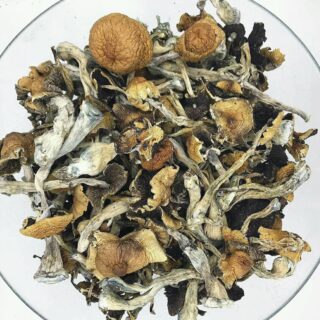
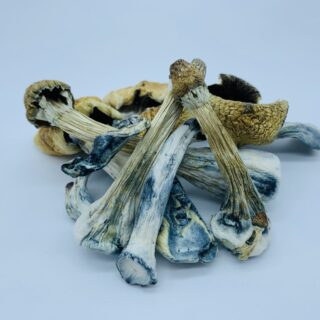
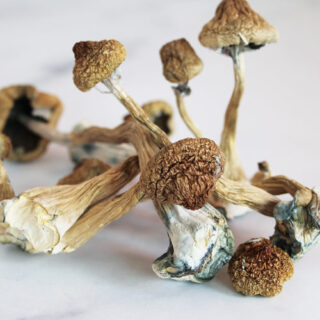
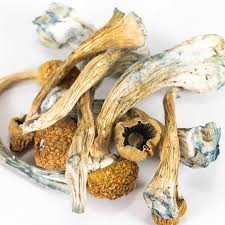
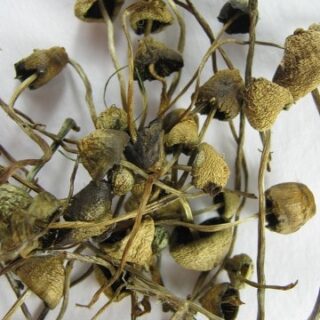
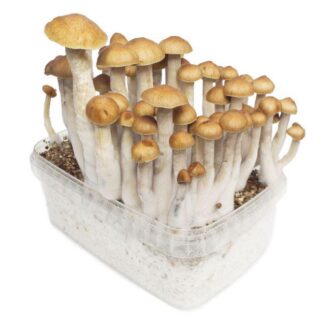
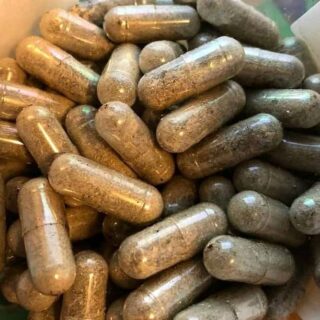
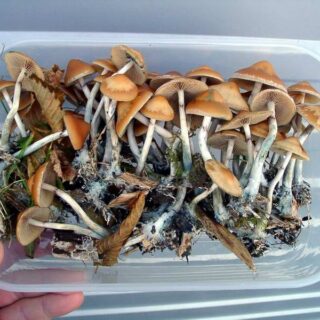
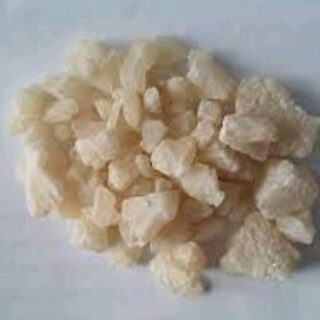
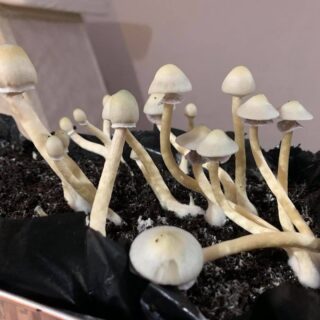
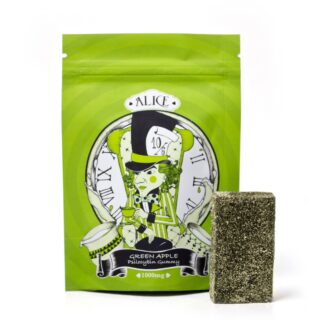
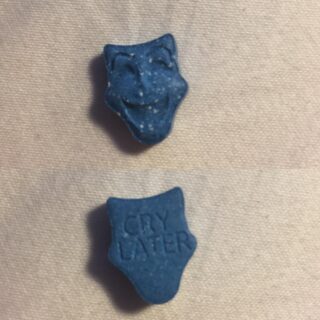
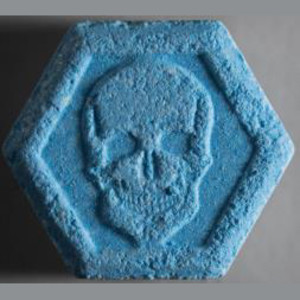
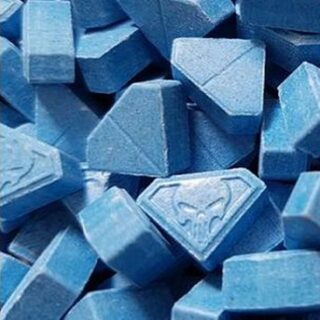
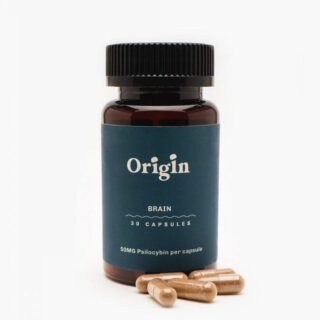
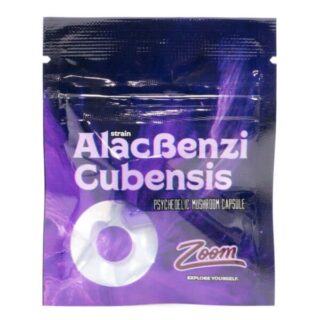
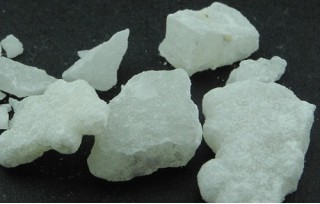





Leave a Reply